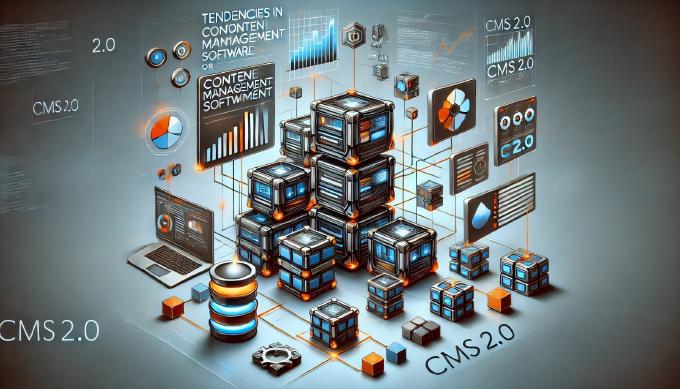Tendencies in Content Management Software Development or CMS 2.0

Opinions on the future of Web 2.0 differ, and sometimes a lot, but no one would argue that this concept in many ways shaped the present-day Internet. That is why we, developers, should follow new tendencies and trends on the market. Web 2.0 brings with it new requirements.
Consumers of CMS-based solutions largely fall into three categories: corporate users, internet users and third-party applications. The first two categories include people, and over the time we have developed following preferences:
When dealing with web-content we try to avoid impersonal dialogues. We prefer materials by authors of certain standing, those that we trust. This is relevant not only for the internet, but for many of the intra-net applications as well. Modern content management solutions should provide possibilities for including author profiles, information on the author, navigation through the author’s other materials (activity history) and author ratings.
Today content is more important than any software. Apart from the site itself, content can be delivered by third-party resources through widgets, web-services, RSS or desktop applications. Do not let your imagination restrict the value of the content. Thus, content comes before the application that delivers it. Consequently, CMS should be able to deliver content in the specified format: HTML, WML, ATOM/RSS, JSON/XML, PDF, WSDL or SVG if that is what you wish.
Provide possibilities for using the entire variety of media formats in content management. You can use your own solutions to deliver the content of these formats, or turn to popular flash-players such as Youtube.com for video podcasts, Slideshare.net for presentations, Scribd.com for MS-Word documents etc.
Yet one should realize that content available for Mashup, adaptation and linkage can not be considered web-pages. Content is presented through informational entities on web-pages. These entities can be structured in RDF or with the help of microformats. The importance of semantics of informational entities becomes apparent in CMS. As far as programming is concerned, we can use a structure based on bidirectional graph or repository formed on the basis of xLink declarations. Yet the visualization of data structures in GUI should be easily perceived by users.
The architecture of participation is a key tendency for Web 2.0 Community attaches importance to content and services. From now on your system is supposed to be a content management platform for community-oriented applications. Let corporate users vote for content – this will help company managers learn more about the needs and preferences of the personnel. Integrate Wiki and blogging systems into your platform, ensure unified user rights policy within all intranet applications.
An up-to-date CMS should have a «rich» user interface, which should also be easily accessible. Given the abundance of AJAX-frameworks, “enriching” user interface with popular effects is no difficult task. Yet to be able to strike a balance between attractive look and practicality one has to choose between the following two option: either adhere to GUI-models of popular and well-known to users desktop applications or develop clear-cut Google-like solutions.
A lot of attention in CMS should be paid to the potential users of external applications. On the one hand this means being ready to develop hybrid applications and syndicate data, while on the other this leads us to web-integration. Modern e-business solutions can no longer be considered without reference to company information network. Accordingly, CMS should provide access to API through web-services and a possibility to work with remote applications through SOAP. Importantly, open or conditional access API (for certain user groups) can significantly add to the content value and aid its use.
Business applications increasingly acquire social features. In case with content management solutions this tendency manifests itself through the presence of tools, which encourage user participation at all levels: administration, intranet, extranet and internet. Each level features ratings, rankings, comments, opinions, bookmarks and tags. Personal involvement means bigger importance of content for users. The task before developers is to provide users with necessary possibilities.
